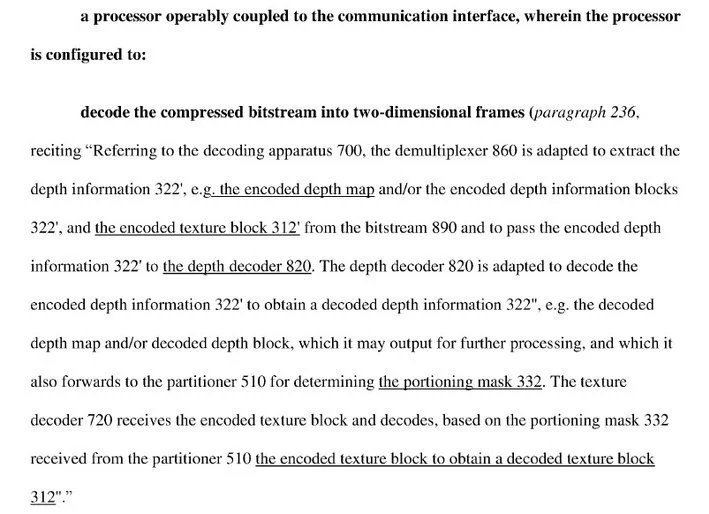“Mapping” in the patent world can have many meanings and applications. From landscaping to infringement, there are various mappings of patent claims. But in patent prosecution, the so-called “mapping rule” is a specific requirement that examiners must follow.
The “mapping rule” of 37 CFR 1.104(c)(2) explains:
When a reference is complex or shows or describes inventions other than that claimed by the applicant, the particular part relied on must be designated as nearly as practicable. The pertinence of each reference, if not apparent, must be clearly explained and each rejected claim specified..
While seemingly limited to only a particular subset of cases, in practice most rejections involve either complex references or situations where the references shows something other than exactly the limitations set out in the claims. Nevertheless, some examiners often fail to heed the mapping rule.
A recent example is Appeal 2021-001465 Application 15/920,038. The PTAB called out the examiner for their lack of proper explanation in the rejection:
At the outset, and based upon our review of the record, we find the Examiner’s mappings of the disputed claim limitations to the corresponding features found in the cited references are sometimes unclear. Generally, the Examiner adopts a pattern of bolding some portion of the claim language, followed by a general explanation of how the reference is applied to the claim language, instead of identifying specific claim limitations and clearly explaining how they are being read on the corresponding features found in the reference. This lack of clear mapping makes it difficult for the Board (and Appellant) to discern how the Examiner is reading the claim limitations disputed by Appellant on the corresponding features found in the cited references.
Ironically, the invention involved mapping, including decoding an occupancy map from compressed
bitstreams that indicate locations of the valid/invalid pixels in a two-dimensional frame.
To illustrate, below is a sample from the examiner’s final rejection:

It is not uncommon for examiners to use such formatting. But as the PTAB makes clear, bolding claim language with a general explanation of how the reference is applied does not meet the mapping requirement.
Here, the Board reversed the rejections as best understood, but an appellate should likely not rely solely on an examiner’s failure to follow the mapping rule as a basis of appeal. But when the references do not clearly show the claimed elements and the examiner plays fast and loose with mapping the disclosure to the claim elements, point out the examiner’s failure to follow procedure not only during prosecution but on appeal. This might even push the PTAB to give up trying to understand the rejection and simply reverse.

Leave a comment